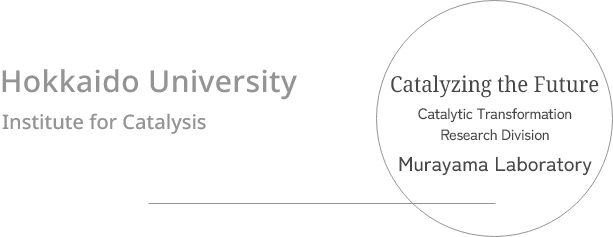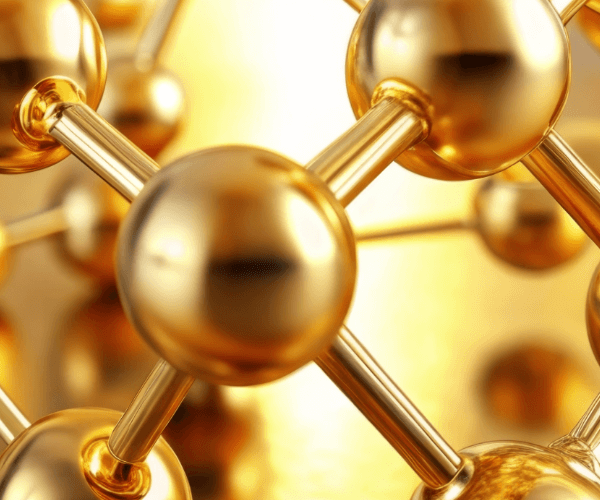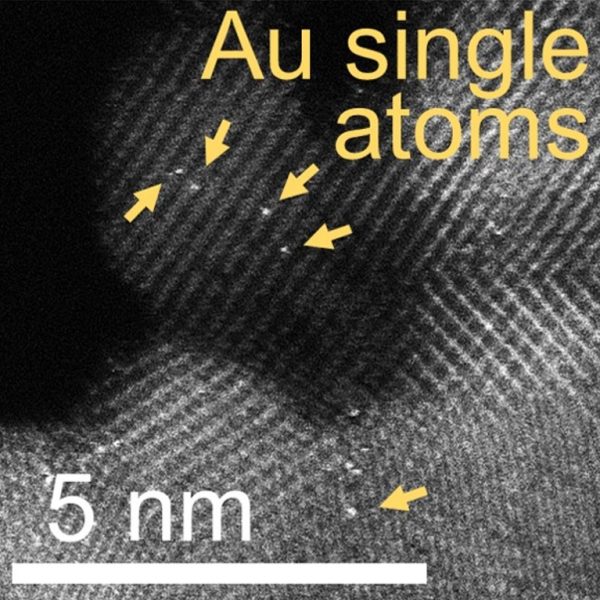Research


-
Outline
Design of fine solid catalysts and energy-efficient catalytic transformation
Bulk gold is chemically inert, but when reduced to very small nanoparticles (2-5 nm in diameter) it exhibits rich catalytic activity. Our laboratory has great strength in the study of gold nanoparticles. However, our research is not limited to gold alone, but also includes studies of catalysts loaded with platinum, silver, and other precious metals. As far as gold nanoparticle catalysts are concerned, we are developing catalysts that oxidize CO at room temperature, researching their applications, and conducting research to elucidate the reaction mechanism. We are also creating gold single-atom catalysts with precisely designed supports, and are conducting research on the creation of advanced nanomaterials with the aim of applying them to material transformation.
We are also engaged in research that contributes to the nitrogen cycle and carbon cycle for the realization of a sustainable society. In our research contributing to nitrogen cycle, we are studying catalysts that purify NOx and NH3 with the aim of developing solid catalysts that can efficiently carry out reactions in an energy-saving process from the standpoint of material transformation. We are developing the catalysts for NH3-SCR that detoxifies nitrogen oxides (NOx) contained in exhaust gas from stationary boilers at low temperatures below 150°C, and the catalysts for NH3-SCO that detoxifies low-concentration ammonia, which causes bad odors and air pollution, at low temperatures. In research contributing to carbon recycling, we are developing catalysts that can efficiently convert CO2 to methanol.





